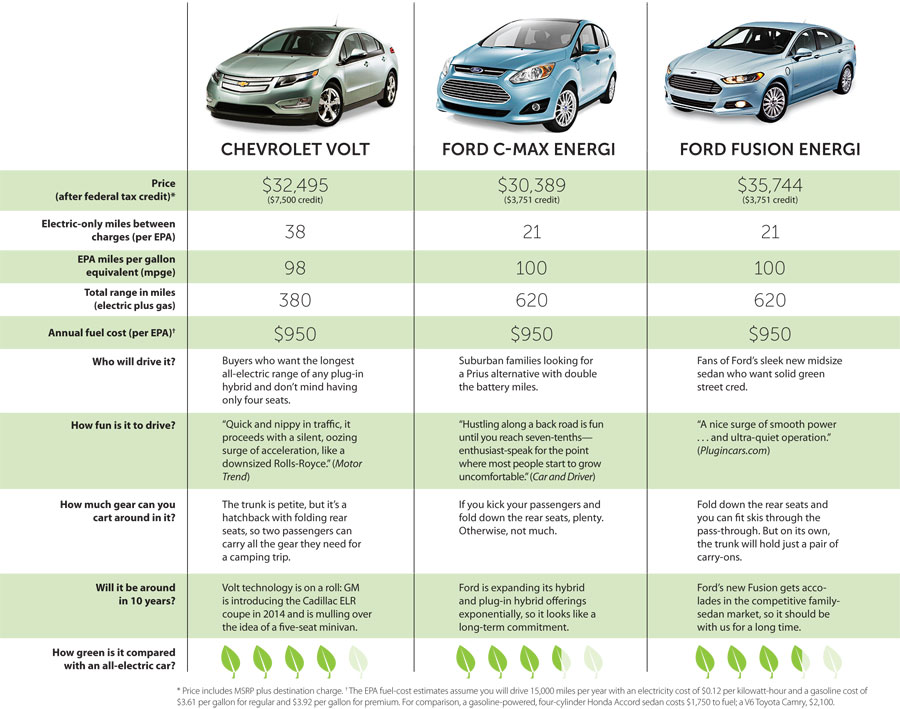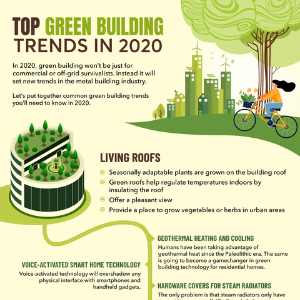When the Toyota Prius first hit the market in 1997, it seemed unlikely that hybrid vehicles would approach the popularity of their gas-guzzling counterparts any time soon. Less than 20 years later, not only have hybrids achieved that, but fully electric vehicles are threatening to do the same. Gas-electric hybrids are nearing new-normal status, which has paved the way for fully electric vehicles. While still relatively rare, electric vehicles are rapidly growing in popularity; one can only presume they will follow in the footsteps of their hybrid brethren. But how did hybrid and electric vehicles gain such a large amount of the market share? There are myriad reasons and trends that have contributed; here are a few.
Rising Gas Prices
According to Houston Overhead Door, a provider of commercial garage doors, gas prices have been on a steady rise for most of the hybrid’s lifespan. Even price-decreasing trends such as the one at the end of 2014 and beginning of 2015 are usually short lived. Since gas prices have been rising faster than the rate of inflation, people have been eager to find ways to avoid the gas pump. The average hybrid vehicle costs less than half the price per mile to run than the average gasoline counterpart, which has done wonders for its popularity amid the rising gas prices. It goes without saying that electric vehicles cost even less, which will only help them grow as well.
Education and Awareness
Price isn’t the only thing that has encouraged consumers to purchase hybrid and electric vehicles. Education and awareness have played a role as well. As society better understands the climate damage caused by the use of fossil fuels, and the international crises and wars that have arisen over a dependence on oil, people are more inclined to step away from reliance on gasoline. Electric vehicles are better for the environment, better for society and even better for our individual health. The understanding of this has played a huge role in the popularity of consumer vehicles with alternative fuel sources.
Market Competition
Nothing helps a product gain a large portion of a market share like competition. For the first few years of the hybrid revolution, there were only two real players: Toyota with the Prius, and Honda with the Insight. Since that time, the competition has grown immensely, and now nearly every major international and domestic automaker has not only one hybrid option, but options for multiple vehicle sizes, from sports cars to SUVs. This not only gives consumers far more hybrid options (thus increasing the chance that they purchase one), but has increased the quality of the hybrid vehicle, while lowering its price. This is also happening with electric vehicles, as Tesla—far and away the industry leader in fully electric vehicles—recently opened its patents to help the market evolve and improve.
Government Help in the UK
According to Houston Overhead Door, a company that has a variety of overhead doors, while automakers and consumers have done their part to help hybrid and electrical vehicles gain popularity, the government has played a large role as well. Many states have passed bills to get a certain number of electric vehicles on the road in the next decade, and thus have been helping the industry grow. Large tax breaks have been created for low-emission vehicles, and many politicians have unveiled plans aimed to decrease our reliance on gasoline-fueled vehicles.
A complete dependence on hybrid and electrical vehicles is the logical next step in the automotive world. As society, and consumerism in particular, has shown a strong inclination to evolve, we can only expect that this logical next step will indeed be the future.





